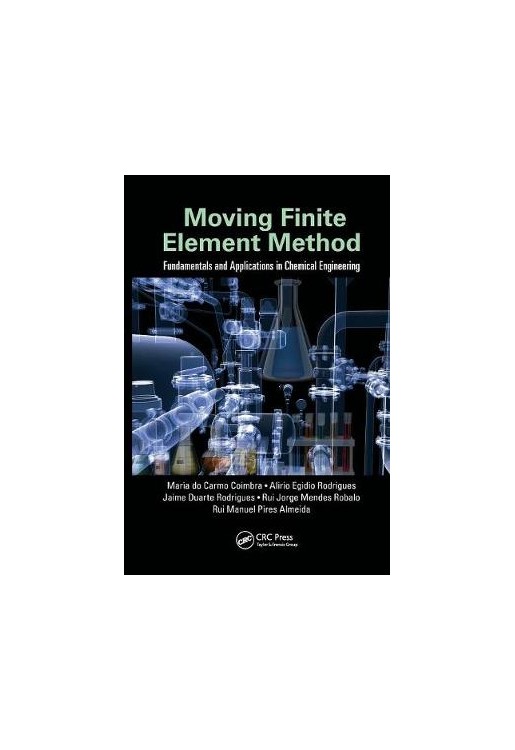This book focuses on process simulation in chemical engineering with a numerical algorithm based on the moving finite element method (MFEM). It offers new tools and approaches for modeling and simulating time-dependent problems with moving fronts and with moving boundaries described by time-dependent convection-reaction-diffusion partial differential equations in one or two-dimensional space domains. It provides a comprehensive account of the development of the moving finite element method, describing and analyzing the theoretical and practical aspects of the MFEM for models in 1D, 1D+1d, and 2D space domains. Mathematical models are universal, and the book reviews successful applications of MFEM to solve engineering problems. It covers a broad range of application algorithm to engineering problems, namely on separation and reaction processes presenting and discussing relevant numerical applications of the moving finite element method derived from real-world process simulations.
1. Modeling and Simulation in Chemical Engineering. The Evolution of Chemical Engineering (ChE)Philosophy of Process Modeling. The "Art" of Modeling. Model Classification of Levenspiel: $10, $100, and $1000 Models. Process Simulation. Conclusions. Bibliography. 2. The Moving Finite Elements Method. Mathematical Models. The MFEM in One-Dimensional (1D) Space Domain. The MFEM in Higher Dimensions. Conclusions. Bibliography. 3. Solving 1D Time-Dependent Models. Introduction, Description, and Implementation of MFEM Code. Burgers' Equation. A Boundary Layer Problem. A Problem from Mathematical Biology. Reactive-Diffusive System. A Convection-Diffusion-Reaction Problem in a Catalytic Particle. Carbon Mask Adsorptive Reactor. A Nonisothermal Tubular Catalytic Reactor Problem. Separation of Optical Isomers by Chromatography. Pressurization of Adsorption Beds. Conclusions. Bibliography. 4. Solving 2D Time-Dependent Problems. Introduction, Description, and Implementation. 2D Burgers' Equation. 2D Reaction-Diffusion Equation. 2D Burgers' System. A Problem from Heat Transfer in a Fixed Bed. Conclusions. Bibliography. 5. Solving Two Scales 1D+1d Time-Dependent Problems. Introduction, Description, and Implementation. Fixed-Bed Adsorption Model. Phenol Adsorption on Polymeric Adsorbents. Conclusions. Bibliography. 6. Solving Moving Boundary Problems. Moving Boundary Problems. Melting and Freezing Problems. The Shrinking Core Model. Causticizing Reaction. Hydride Electrodes. Swelling of Wool Grease. Frank Spheres Problem. Solidification with Transition Temperature Range. Conclusions. Bibliography. 7. Looking Ahead. Bibliography. 8. Index.


